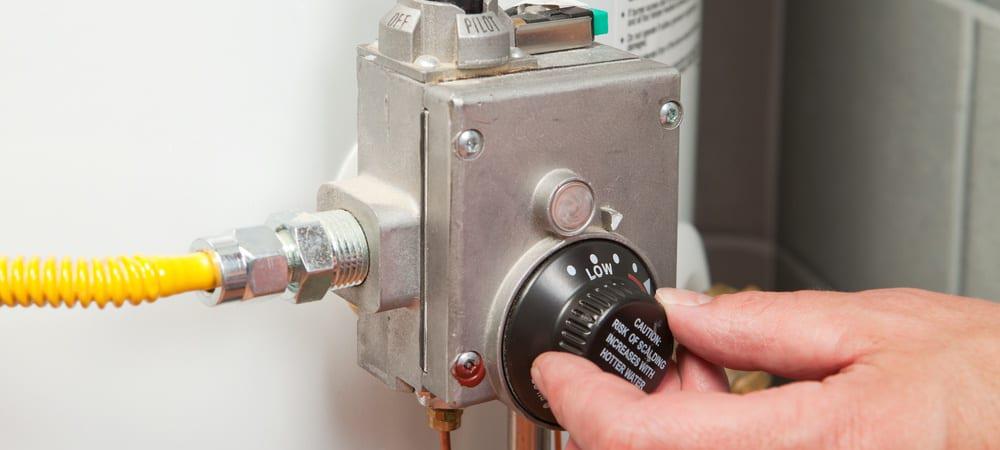
Unless you like taking cold showers, it’s important to inspect and maintain your water heater on a regular basis. A thorough check-up every six months can minimize the chance of a sudden breakdown that could leave you with nothing but cold water until a plumber can make repairs.
More modern and sophisticated systems like tankless water heaters, heat pumps and solar units should generally be inspected and maintained by trained plumbers because tinkering with high-tech components is not a DIY job. But if you have a classic storage-tank water heater, there are some basic maintenance steps you can perform yourself.
Look Around
Before you even touch your water heater, there are some areas you should check for warning signs that a problem is imminent. And the first is something you check every day -- your shower and faucets. Have you noticed that your hot water has grown colder or hotter than it used to? This could foretell a problem with your unit’s heating element or thermostat.
When you inspect the unit itself, check all around for puddles, drips or any sign of a leak. You should also look for cracks or rust on the outside of the tank. If you see either of these, it’s important to have a plumber assess whether the problems can be repaired or if it’s time for a replacement.
If you have a gas water heater, you should also check the appearance of the burner flame. It should be mostly blue; if it’s mostly yellow or orange, your heating element is burning inefficiently and should be adjusted or replaced.
Check, Flush, Replace
If you’re ready for some DIY maintenance, here are three steps you can safely perform on your own:
- Check the pressure relief valve. This is the valve that bleeds off tank pressure, and if it sticks, the pressure could build to the point that your tank explodes. This valve is usually labeled, but you may need to consult your water heater’s manual to locate it.
- To check the valve, simply open it manually to ensure that it opens and closes smoothly. But make sure the drain outlet is clear -- hot water should spray out if everything is normal.
- Flush the tank. Start by flipping the circuit breaker for the water heater and shutting off the cold water inlet valve. Attach a hose to the drain outlet and run it down a floor drain or outside, away from the house. Open the pressure relief valve and the drain valve to empty the tank quickly. This removes sediment which can harm your tank over time.
- When the tank is completely empty, close the drain valve and pressure relief valve. Turn on every hot water faucet and fixture in the house (they should be dry) and then open the cold water inlet valve to fill the tank. Turn each fixture off once the water starts flowing, then flip the water heater circuit breaker switch to start heating your clean, sediment-free tank.
- Check the anode rod. An anode rod is a piece of metal that extends into the tank, attracting all the corrosive elements that would cause the tank to rust. But this process causes the anode rod itself to rust away, and when it’s nearly consumed, your tank is in danger of taking on that rust damage. Check this periodically and replace it as needed to get a long life out of your water heater.
If you haven’t been giving your hot water heater periodic maintenance, now is a great time to start. But if you discover a problem, or if you’re just more comfortable leaving the maintenance up to a professional, reach out to your local plumbing experts. Contact us today at 1-977-BEN-1776!
